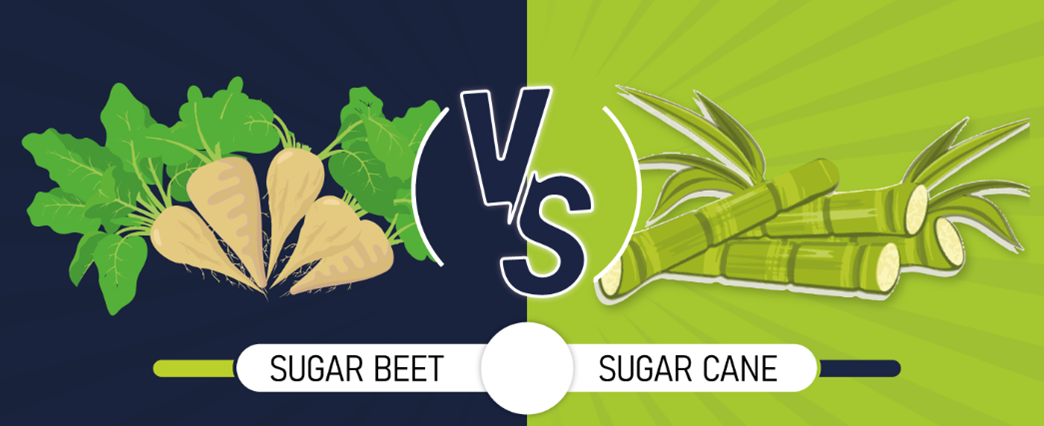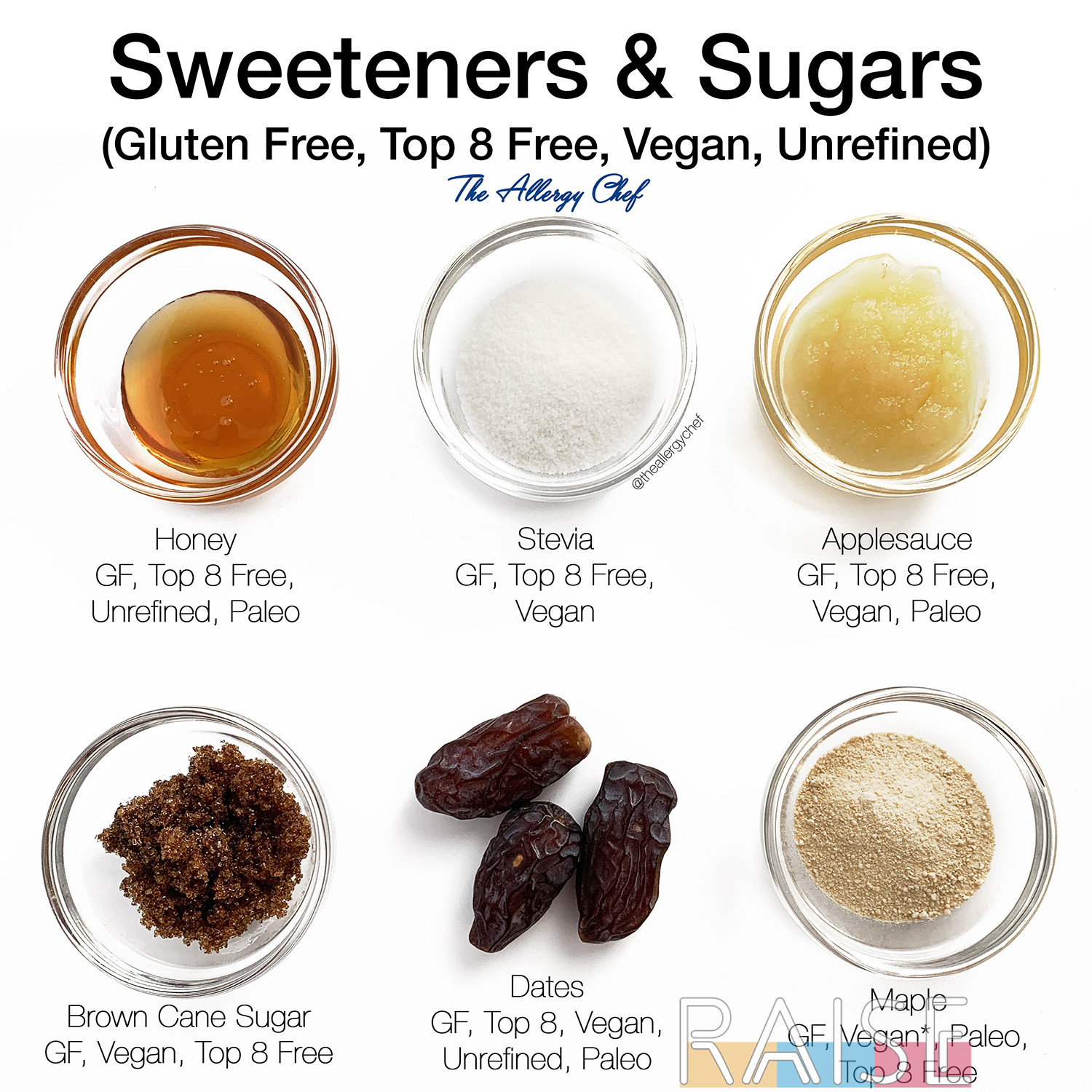Beet Sugar vs. Cane Sugar: Secret Distinctions You Should Know
The distinction in between beet sugar and cane sugar prolongs beyond their comparable chemical make-ups; it encompasses their origins, manufacturing techniques, and possible health and wellness effects. While both kinds of sugar offer as typical sweeteners, their divergent backgrounds-- beet sugar arising in 19th century Europe and cane sugar mapping back to old Southeast Asia-- established the stage for a deeper expedition of their manufacturing processes and nutritional profiles.
Beginnings of Beet Sugar
Although beet sugar has ended up being a considerable player in the international sugar market, its beginnings can be traced back to the very early 19th century when European scientists began exploring different resources of sugar. The essential moment occurred in 1801 when German chemist Andreas Marggraf recognized sugar in the white beet, an exploration that prepared for succeeding research and industrial applications.
The process of refining beet sugar was additional progressed by his pupil, Franz Karl Achard, who established the very first beet sugar manufacturing facility in Prussia in 1806. This technology synchronized with the Napoleonic Battles, throughout which trade disturbances resulted in an increased demand for domestic sugar production in Europe. beet sugar vs cane sugar. As an outcome, beet sugar obtained traction, especially in countries like France and Germany

Beginnings of Cane Sugar
Cane sugar, originated from the sugarcane plant, has an abundant history that goes back countless years, mainly in tropical regions where the plant grows. The earliest proof of sugarcane growing can be traced to New Guinea and Southeast Asia around 8,000 BCE. From these beginnings, understanding of sugarcane spread to India, where it was first processed right into taken shape sugar by the 5th century CE.
As trade routes established, sugarcane reached Persia, the Mediterranean, and eventually Europe, where it was at first considered as a deluxe thing. The development of sugar manufacturing occurred during the Islamic Golden Era, which assisted in the transfer of farming strategies and innovations. By the 15th century, the demand for sugar surged, prompting European nations to establish plantations in the Caribbean and South America.
This change not only changed the farming landscape of these regions yet likewise had considerable socio-economic ramifications, including the dependence on shackled labor. Cane sugar, as soon as an unusual product, came to be a staple in diets worldwide, laying the foundation for the global sugar industry we recognize today. Comprehending its beginnings is critical for appreciating cane sugar's effect on cooking customs and economies.
Production Processes
The manufacturing for both beet sugar and cane sugar include several crucial actions that transform raw products right into the crystalline sugar frequently made use of today. For beet sugar, the process begins with harvesting sugar beetss, which are then cleaned and cut into thin cossettes. These cossettes are subjected to warm water removal, permitting the sugar to dissolve.
In contrast, cane sugar production starts with the harvesting of sugarcane, which is squashed to extract the juice. While both processes share resemblances, the resource material and specific methods result in distinctive attributes for beet and cane sugars, influencing the preferences of customers and suppliers alike.
Nutritional Comparison
When contrasting the dietary profiles of beet sugar and cane sugar, it is important to recognize that both sugar are primarily made up of sucrose, leading to comparable power material and caloric values (beet sugar vs cane sugar). Both kinds of sugar usually consist of concerning 4 calories per gram, making them equivalent in regards to power arrangement
In enhancement to sucrose, both beet and cane sugars have trace amounts of nutrients; however, these quantities are minimal and do not considerably add to day-to-day nutritional demands. Both might consist of minute degrees of magnesium, potassium, and calcium, great post to read however these are not present in adequate amounts to provide any substantial health advantages.
Additionally, the absence of fiber in both sorts of sugar highlights their function as pure sweeteners as opposed to resources of nourishment. beet sugar vs cane sugar. While they might give a fast source of power, their lack of important nutrients highlights the value of moderation in consumption
Eventually, from a purely nutritional perspective, beet sugar and cane sugar are practically equivalent, making the option in between the two mainly depending on elements such as taste preference, schedule, and ecological considerations.
Wellness Effects
While beet sugar and cane sugar share comparable dietary accounts, their health ramifications warrant factor to consider beyond simple structure. Both sugars are mainly composed of sucrose, which can cause similar metabolic impacts; too much consumption can add to weight problems, diabetic issues, and cardiovascular conditions. The source and manufacturing of these sugars may influence their total health and wellness influence.
Beet sugar is commonly created using debatable chemicals, such as phosphoric acid, which may leave trace residues. In contrast, cane sugar goes through an extra typical refining procedure, which often tends to be less chemical-intensive. The visibility of these deposits in beet sugar could increase issues for sensitive populaces or those looking for to decrease chemical direct exposure.

Additionally, the farming practices of sugar beetss and sugar cane may differ, with the previous usually entailing more extensive farming practices that can impact dirt health and wellness and biodiversity. This farming context might influence the wider health and wellness implications of sugar consumption on a population level.
Ultimately, while both beet and cane sugars serve comparable duties in the diet, consumers should consider the subtleties of manufacturing and sourcing when making notified selections regarding their sugar intake.
Verdict

While both types of sugar offer as common sugar, their divergent backgrounds-- beet sugar arising in 19th century Europe and cane sugar tracing back to ancient Southeast Asia-- established the phase for a much deeper expedition of their production processes and nutritional profiles.The procedure of refining beet sugar was more advanced by his student, Franz Karl Achard, who established the first beet sugar factory in Prussia in 1806.The production processes for both beet sugar and cane sugar entail a number of crucial steps that change raw products weblink right into the crystalline sugar typically made use of today. For beet sugar, the process starts with gathering sugar beetss, which are after that washed and cut into slim cossettes. The extraction refines further differentiate the 2, with beet sugar using warm water extraction and cane sugar entailing squashing.